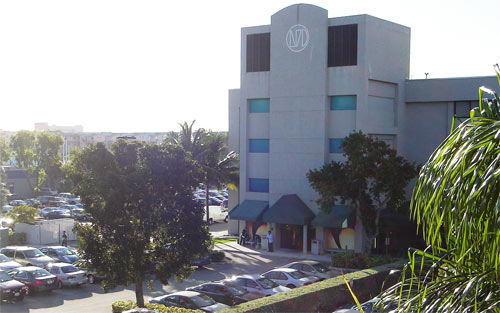Like any technology, virtualization is a double-edged sword. Sure, the energy savings and reduced hardware costs are compelling reasons to jump on the virtual machine bandwagon, but those benefits come at a price.
Miami Dade College’s CIO, Karl Herleman, discusses how any virtualization project, particularly one as expansive in scope as his, must be weighed against potential pitfalls. Particularly, he singles out how the relative ease of commissioning virtual machines (versus physical servers) creates in users an expectation of near-instantaneous access to IT resources. The problem is that most users don’t realize the management burden that’s placed on admins.
In this Campus Technology article, Herleman explains the impact on his IT department.
That compressed time period has increased user expectations dramatically, said Herleman, “even to the point where when I deal with a lot of ‘non-technical’ users who say to me, ‘can we just create another virtual environment here?'” But remember, Herleman cautioned, that every one of those virtual environments still has to be managed, set up properly, and pointed in the direction of the correct databases and integrated systems.
“Virtualization doesn’t come totally for free,” said Herleman. “It does save money, and some time on provisioning, but these environments must still be patched and managed.” Those tasks fall squarely upon the shoulders of MDC’s IT team, which over the last four years has found itself focused on managing user expectations, which range from a perceived “ease” of creating the environments, to the massive “sprawl” that has occurred within the campus IT infrastructure.
Now in addition to managing user expectations, admins have to wrestle with virtual server sprawl. It’s a good lesson to learn and a worthwhile topic to broach in the planning stages of a virtualization/server consolidation project. Of course, you want to avoid annoying your users, but you really don’t want to have PO’ed IT staffers on your hands. Not if you value the smooth operation of your computing infrastructure, that is.
Catch the rest of the Campus Technology article for more great insights.


Leave a Reply